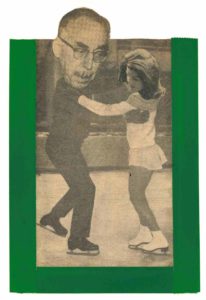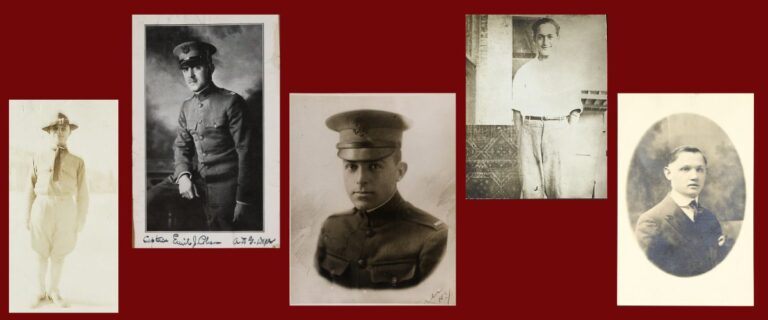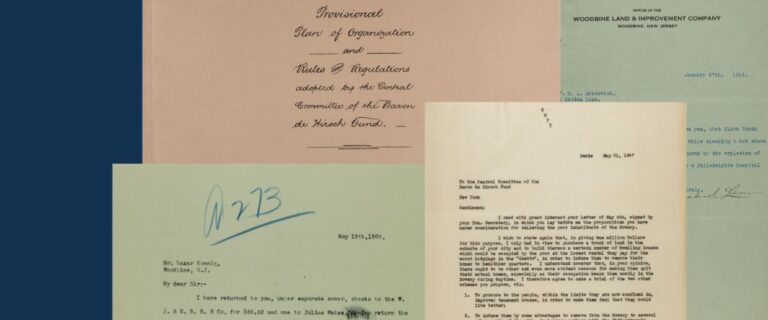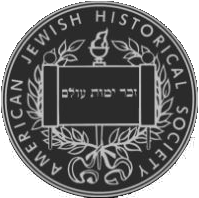With AJHS Archivist, Ruby Johnstone
The Simon H. Rifkind Papers document seventy-four years of Simon Rifkind’s career as a lawyer, judge, and humanitarian. This 25 linear-foot, paper-based collection provides an exhaustive view of his professional life through publications, correspondence, court documents, and Simon’s own writings.

Rifkind was revered for his versatility as a “general practitioner” lawyer, with a clientele ranging from General Motors, to the Municipal Assistance Corporation, and, perhaps most famously, Jacqueline Kennedy Onassis. In stark contrast to these, are materials relating to his tenure as Advisor on Jewish Affairs to the War Department, and his deeply personal work with displaced survivors of the Holocaust. This puts the Simon H. Rifkind papers in a unique position as a collection which breaks the typical barriers between legal, corporate, and personal records.

From an archival standpoint, the collection provides an excellent opportunity to consider conservation and digitization practices. Most documents from the late 19th and early 20th century are printed on highly unstable paper. The more transient the item – a telegram or newspaper, for example – the greater the rate of deterioration. Many of the materials included in this collection fall within this category; or, in archival terms, “ephemera:” any paper-based item designed to be discarded after use. To digitize at this scale would have previously been impossible for AJHS, but our new in-house digitization initiative allows us to preserve such items in their current state while making them available to the public. Further conservation challenges associated with this collection include the handling of obsolete audiovisual formats, and the complexities of preserving scrapbooks.








